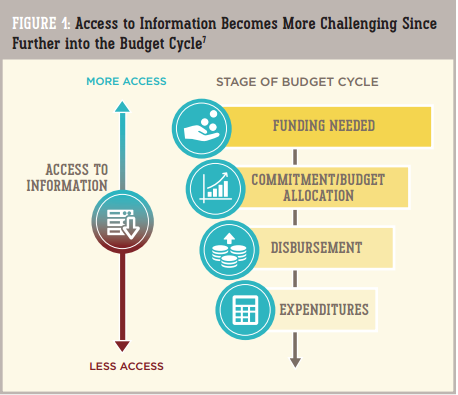Côte d’Ivoire Family Planning Budget Scorecard

By Taryn Couture and Suzanna Dennis
Governments in the global South are in a position to generate significant additional domestic public resources for funding family planning. However, budgets for family planning in many countries still remain far below what is actually required to meet needs. Looming shortfalls in funding for UNFPA, one of the biggest providers of contraceptives globally, and other donor cuts are threatening to undermine tenuous contraceptive security gains that have been achieved. Creative and new approaches to mobilizing government funds for family planning are needed to realize the Sustainable Development Goals (SDGs), which promise to ensure universal access to reproductive and health care services by 2030.
 PAI convened CSO budget advocacy experts from Kenya, Malawi, Tanzania, Uganda, and Zambia in South Africa in March, 2016 with the ultimate goal of stimulating sustained domestic resource mobilization for family planning.1 The objectives of the convening were to: (1) develop an understanding of common trends in the availability and quality of data to monitor domestic resources for family planning in the region; and (2) build a framework for measuring government spending across countries. This report shares the outcomes of that meeting, and identifies the next steps.
PAI convened CSO budget advocacy experts from Kenya, Malawi, Tanzania, Uganda, and Zambia in South Africa in March, 2016 with the ultimate goal of stimulating sustained domestic resource mobilization for family planning.1 The objectives of the convening were to: (1) develop an understanding of common trends in the availability and quality of data to monitor domestic resources for family planning in the region; and (2) build a framework for measuring government spending across countries. This report shares the outcomes of that meeting, and identifies the next steps.
We are fighting back against the onslaught of harmful policies that discard reproductive rights.
Stay informed about the issues impacting sexual and reproductive health and rights.
